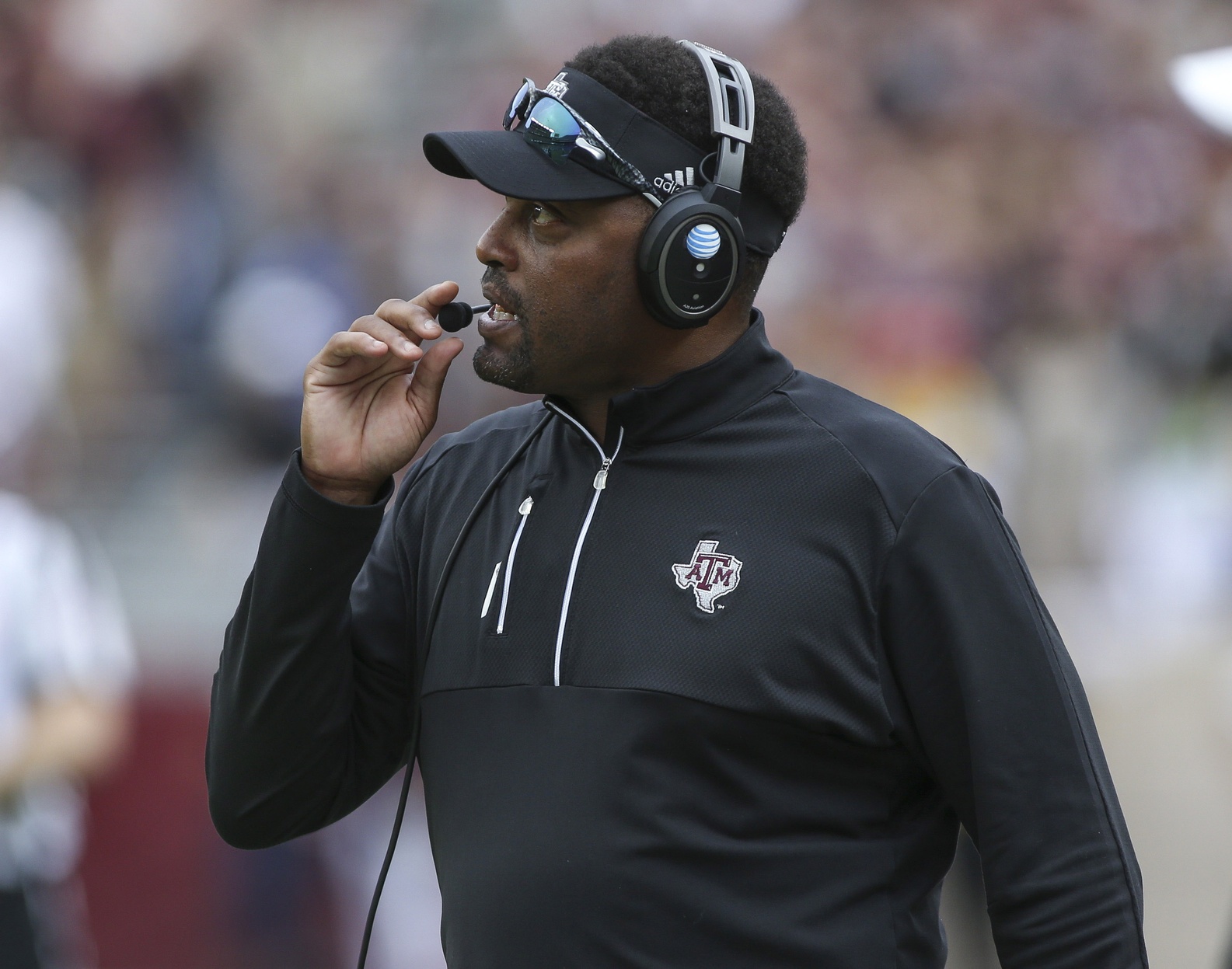
It happens periodically in college football. A new way of doing things quickly catches on like wild fire, and pretty soon everybody is following suit. And those that aren’t soon get passed by. It’s history, and history is repeating itself.
Whether it was the wing-T, the wishbone or the west coast offense, coaches and innovators are constantly trying to stay ahead of the curve, always searching for that edge, looking for that “gimmick” that will give them an advantage over the competition.
Emory Bellard is credited with devising the wishbone offense, a.k.a. the veer or triple-option offense as an assistant coach with Texas in 1968. That same year, Houston coach Bill Yeoman implemented the new system and scored 100 points in a 100-6 victory over Tulsa.
It took a couple of games for the Longhorns to smooth out the wrinkles, but after tying (remember ties?) the first game and losing the second, Texas won 30 consecutive games, winning the 1969 national championship and sharing the 1970 mythical title with Nebraska.
Georgia Tech still uses it today. It’s a great equalizer and, if run correctly, it can give defenses problems even in today’s game.
More recently, Oregon introduced the spread offense and rose from irrelevancy to playing for a national championship. It’s the latest “gimmick” that coaches are latching onto and with the right personnel is nearly as unstoppable as its predecessors.
Oh sure, great defensive minds eventually catch up and neutralize their effectiveness, but until then, teams that adopt the latest scheme and have the athletes to run it will do very well for themselves.
It’s called adapting. Some coaches are flexible enough and have the foresight to adapt to it. Alabama’s Nick Saban is the perfect example: a staunch defensive-minded coach who won national championships with the game’s best defenses both at LSU and Alabama.
Saban has adapted to the new style of offense, bringing in OC Lane Kiffin as the mastermind. It paid off with another national championship for the Tide despite its defense giving up 40 points to Clemson in last season’s national title game.
Texas A&M’s Kevin Sumlin is adapting as well. But the Aggies’ head coach is taking it a step further. Not only has he brought in a new OC in Noel Mazzone to run a variation of the up-tempo spread offense, but last year he went out and got one of the best defensive minds in the game, making John Chavis the Aggies’ defensive coordinator.
The changes appear to be working, although time will tell if that’s the case or just the usual fast start, fizzle out the Aggies have come to be known for the last two seasons.
Texas A&M is 5-0 to start the 2016 season, a mark that looks a lot different given the changes — adaptations if you will — from the previous two years in which the Aggies also jumped out to 5-0 starts.
This year’s success appears sustainable, thanks in large part to Sumlin’s ability to stay current as college football evolves at a rapid pace.
Other than the Tide, the Aggies currently possess the only offense in the SEC that ranks in the top five in rushing and passing. More notably, Texas A&M leads the SEC in total offense by averaging 521 yards per game.
And that can’t be attributed to volume of plays, time of possession or anything else that may cheapen that statistic because Texas A&M is second only to Ole Miss in yards per play (6.8).
Other coaches haven’t been able to or have been unwilling to do the same. The most glaring example is right here in the SEC where Les Miles promised to adapt but failed to fulfill that promise and was fired after a 2-2 start at LSU this season.
The Aggies are headed in the right direction, having adapted not only to the new style of offense being played in college football today, but also on defense with one of the best minds in the game for that side of the football as well.
Glenn Sattell is an award-winning freelance writer for Saturday Down South.







